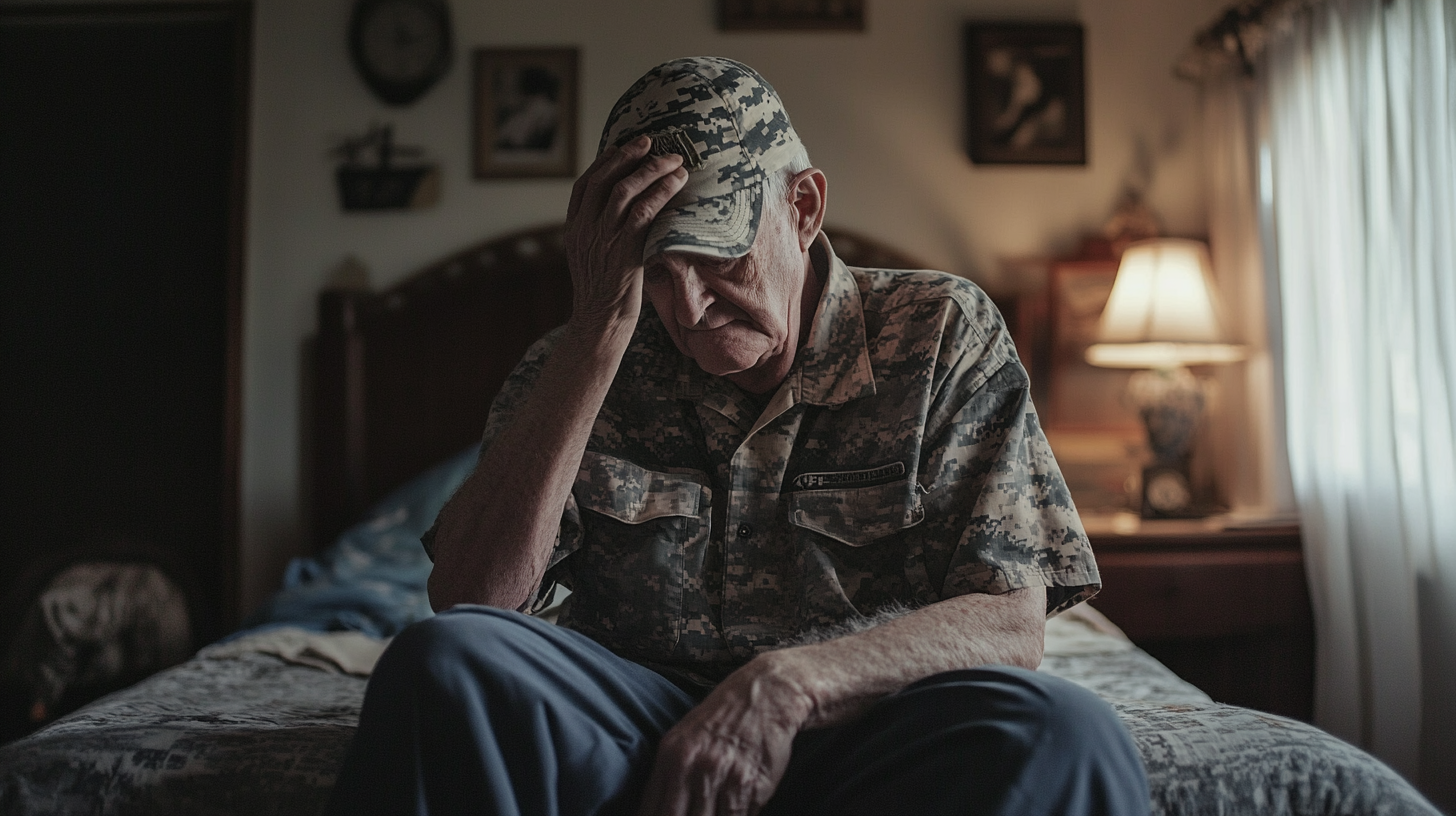Definition
In military operations, a distressed person refers to an individual who is in immediate danger or distress, often requiring urgent assistance. This might involve a situation where they are injured, lost, trapped, or under hostile conditions. The military executes specific rescue or relief operations to aid such individuals.
Key Takeaways
- The term “Distressed Person” in military operations primarily refers to an individual who is in immediate danger or harm and requires urgent assistance for survival.
- In military context, this term often involves initiating rescue or recovery missions. The procedures for handling such situations are meticulously designed to ensure rapid response and safety of both the distressed person and rescue team.
- The term is not just limited to battlefields or war scenarios. It can apply to any emergency or disaster situation, such as natural calamities, where military assistance is required for evacuation or rescue efforts.
Importance
The term “distressed person” in military operations is significant because it is frequently used to refer to individuals who are in immediate danger or under urgent threat. This could include people in a war zone, hostages, or civilians trapped in a crisis.
Recognizing and assessing the situation of a distressed person is a crucial part of any military operation. It helps shape strategic planning, seeing that the protection of human life forms an integral part of their mission.
Furthermore, the identification of distressed persons also contributes to prioritizing resource allocation, deciding the urgency level of the missions, and determining the necessity for humanitarian intervention, evacuation, or rescue operations. Thus, this term plays a key role in military operations, and its importance can not be overlooked.
Explanation
In military operations, the term “distressed person” refers predominantly to any individual who is in desperate need of assistance due to either physical, environmental, or challenging circumstances. This term is frequently applied in situations where individuals find themselves in critical, possibly life-threatening conditions such as being stranded at sea, lost behind enemy lines in combat situations, or trapped in disaster-stricken areas.
These distressed persons can include not only military personnel but also civilians caught in conflict zones or natural disasters. The purpose of identifying someone as a “distressed person” is to prioritize and mobilize military resources for rescue and assistance mission.
It helps guide the military response in a manner dictated by the urgency and importance of the situation. When a distress signal is received, it triggers an immediate and coordinated response where a rescue team, comprised of skilled military personnel, is dispatched to the location using the appropriate procedures.
The ultimate aim here is to mitigate the risk to life and ensure the safety of the distressed person. This broad term, therefore, plays a crucial role in initiating rescue operations bringing to focus the humanitarian aspect of military operations.
Examples of Distressed person
Soldiers experiencing PTSD: One of the most common real-world examples of a distressed person within military operations is soldiers experiencing Post-Traumatic Stress Disorder (PTSD). This disorder may involve symptoms like flashbacks or nightmares about a traumatic event, extreme anxiety and uncontrollable thoughts about the event.
Civilians in Conflict Zones: Civilians living in conflict or war zones often become distressed due to the incessant threats to their life, livelihood, and normal rhythms of living. Military often steps in to provide protection, evacuate distressed persons, or provide provisionary supplies to these distressed civilians.
Prisoners of War: Individuals held captive during military confrontations endure immense distress due to the physical and psychological traumas they go through. The armed forces are usually responsible for the immediate care and repatriation of these individuals following international laws and treaties.
FAQ on Military Operations: Distressed Person
What does the term ‘Distressed Person’ mean in military operations?
In military operation terminology, a ‘Distressed Person’ generally refers to a non-combatant who finds themselves in a situation needing immediate rescue or aid due to unexpected circumstances, such as natural disasters, armed conflict, or other emergencies.
How does the military respond to situations with a Distressed Person?
The military responds to situations with a distressed person through specialized operations, often involving Search and Rescue (SAR) teams, and the implementation of humanitarian law. The nature of the help depends highly on the needs of the distressed person and the circumstances they are under.
Are Distressed Persons always civilians?
While a ‘Distressed Person’ often refers to civilians, it is not limited to them. Anyone who is not currently engaged in combat but requires immediate help due to life-threatening circumstances can be classified as a distressed person. This term could potentially apply to soldiers, aid workers, journalists, or any other individuals present in a conflict zone.
What kind of training does the military undergo to handle Distressed Person scenarios?
Military personnel undergo significant training to handle situations involving distressed persons. This often involves courses on emergency medical skills, crisis negotiation, evacuation procedures, and the principles of international humanitarian law. The goal is to enable them to effectively respond to a wide variety of emergency situations.
What resources can family members of a Distressed Person access for information or assistance?
Family members of distressed persons seeking information or assistance can typically reach out to local military offices, embassies, or consulates, depending on the situation. Many countries also have dedicated hotlines and websites that provide updates and resources for those seeking information about their loved ones in distress.
Related Military Operation Terms
- PTSD (Post-Traumatic Stress Disorder): A mental health condition that’s triggered by a terrifying event. Many war veterans, and therefore recipients of VA benefits, suffer from this condition.
- Veterans Crisis Line: A service available to all veterans, even those not enrolled in VA health services. Provides immediate access to mental health crisis intervention and support.
- Compensation and Pension (C&P) Exam: This exam is often required as part of the process to receive disability benefits. The VA uses this exam to evaluate the veteran’s distress and condition.
- Disability Compensation: A tax-free monetary benefit paid to veterans with disabilities that are the result of a disease or injury incurred or aggravated during active military service.
- Veterans Health Administration (VHA): The component of the United States Department of Veteran Affairs that implements the healthcare program of the VA and serves the healthcare needs of distressed persons among veterans.
Sources for More Information
Here are four reliable sources for further information about the term “Distressed Person” in military operations:
- Department of Defense – The official website of the U.S. Department of Defense. It contains comprehensive information on various military terminologies and operations.
- U.S. Army – Official website of the United States Army. It has a wide array of articles and resources pertinent to military operations and terms.
- North Atlantic Treaty Organization (NATO) – The authorized site of NATO, an international military alliance. It offers detailed information on various military concepts and terms.
- Joint Chiefs of Staff – The official site of the Joint Chiefs of Staff provides a deep insight into military doctrine, including the term “Distressed Person”.
 Benefits.com Advisors
Benefits.com Advisors
With expertise spanning local, state, and federal benefit programs, our team is dedicated to guiding individuals towards the perfect program tailored to their unique circumstances.
Rise to the top with Peak Benefits!
Join our Peak Benefits Newsletter for the latest news, resources, and offers on all things government benefits.




















